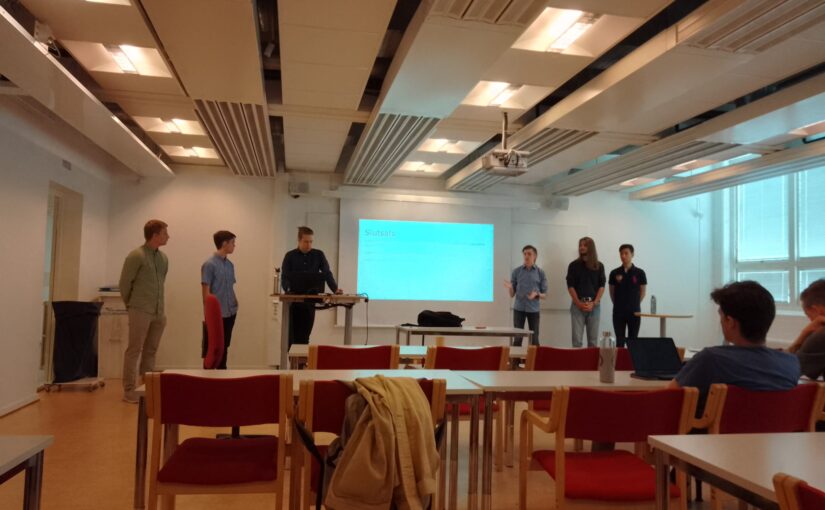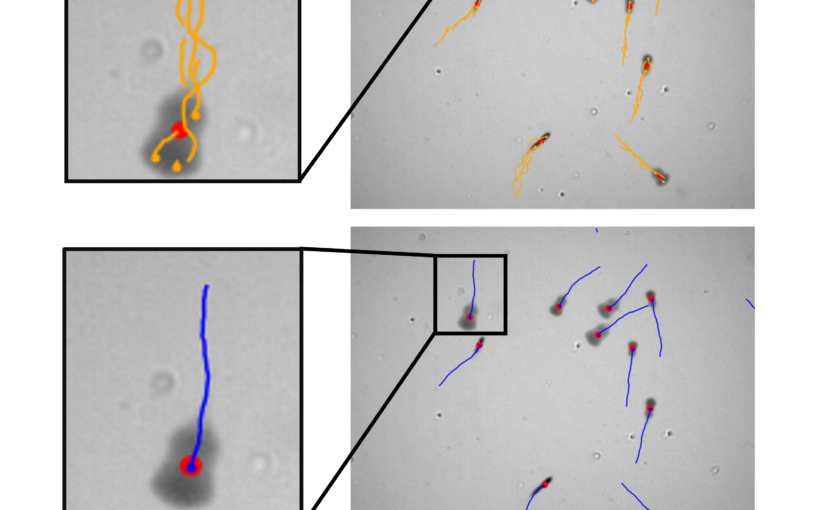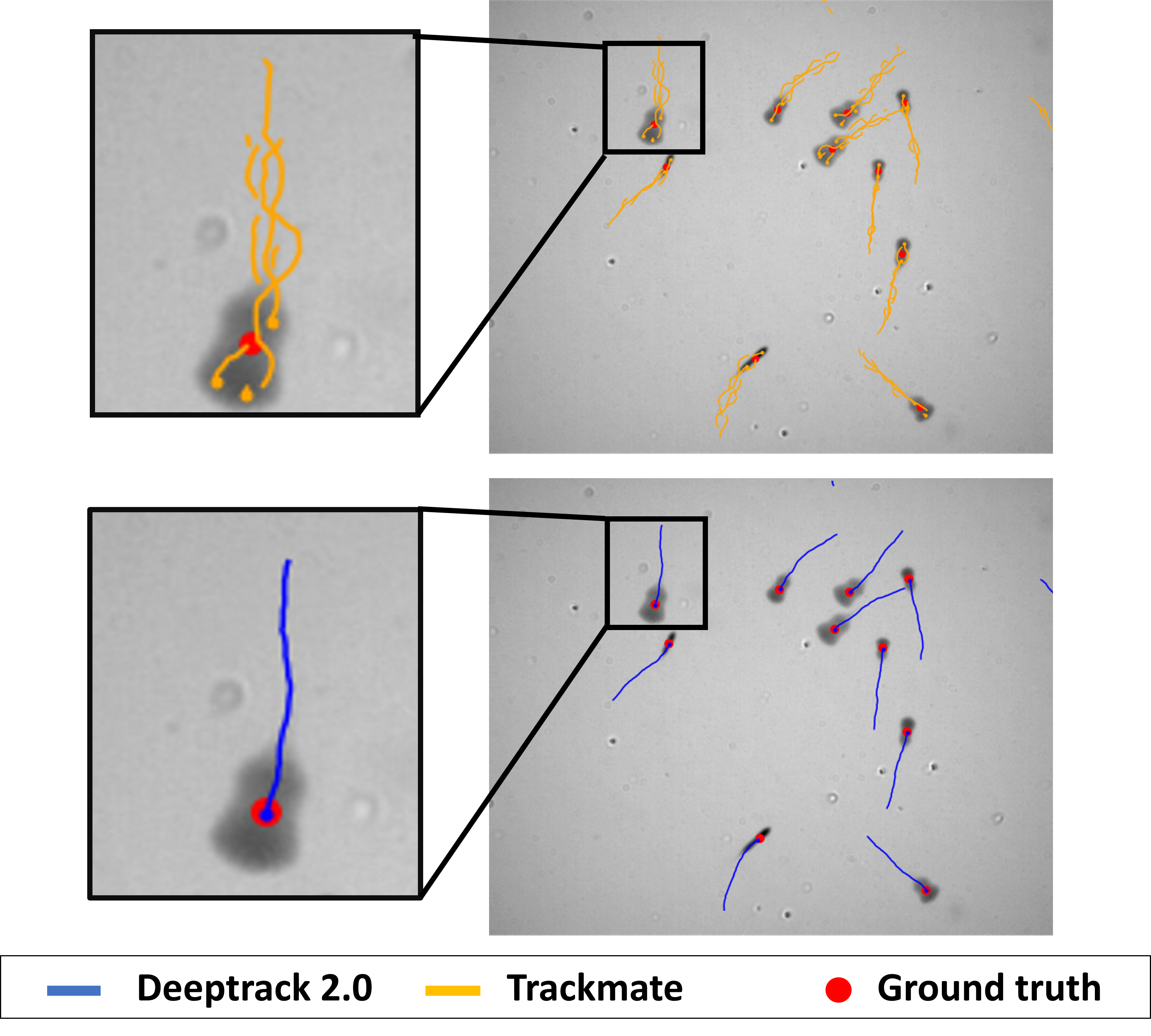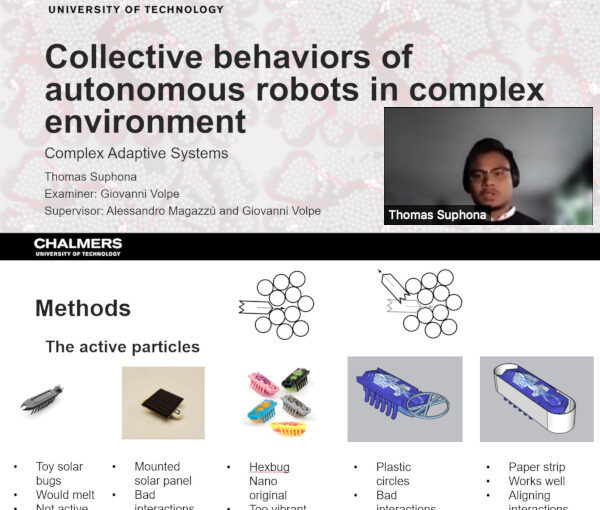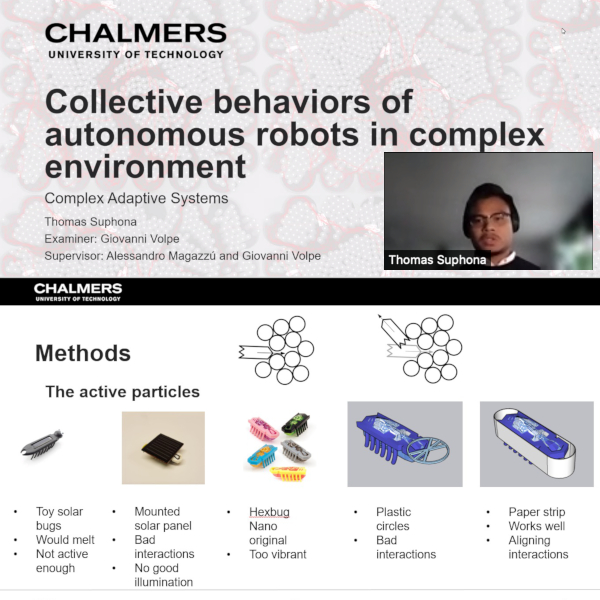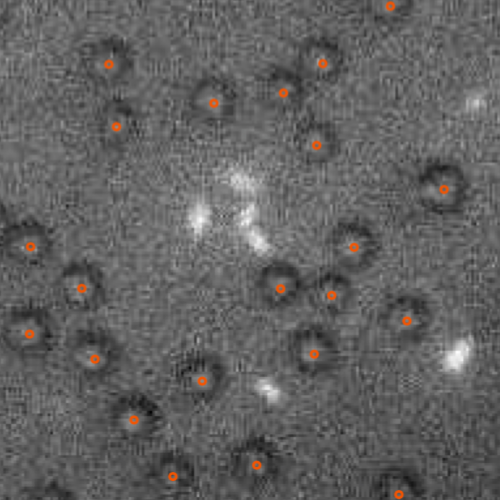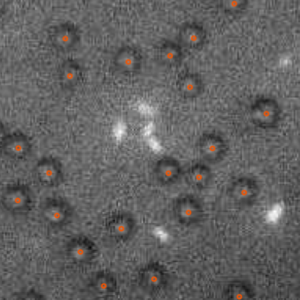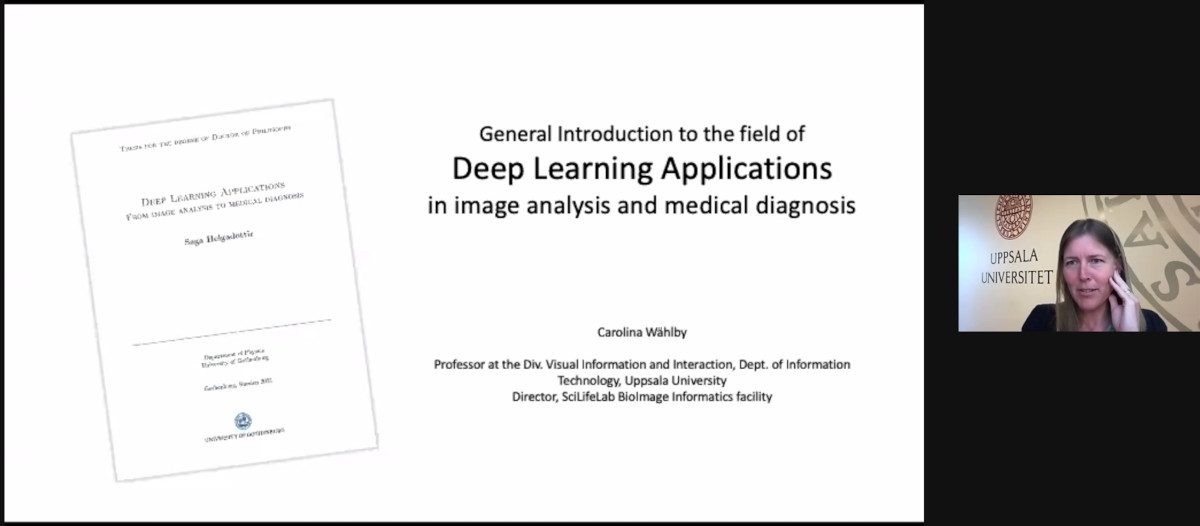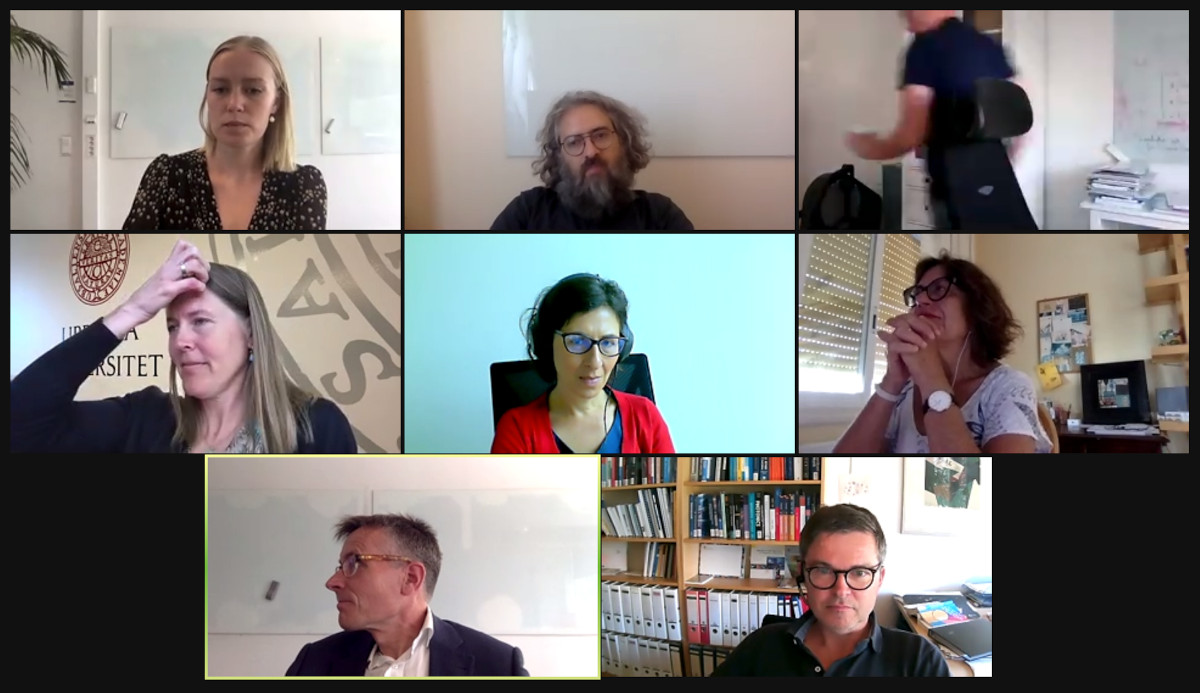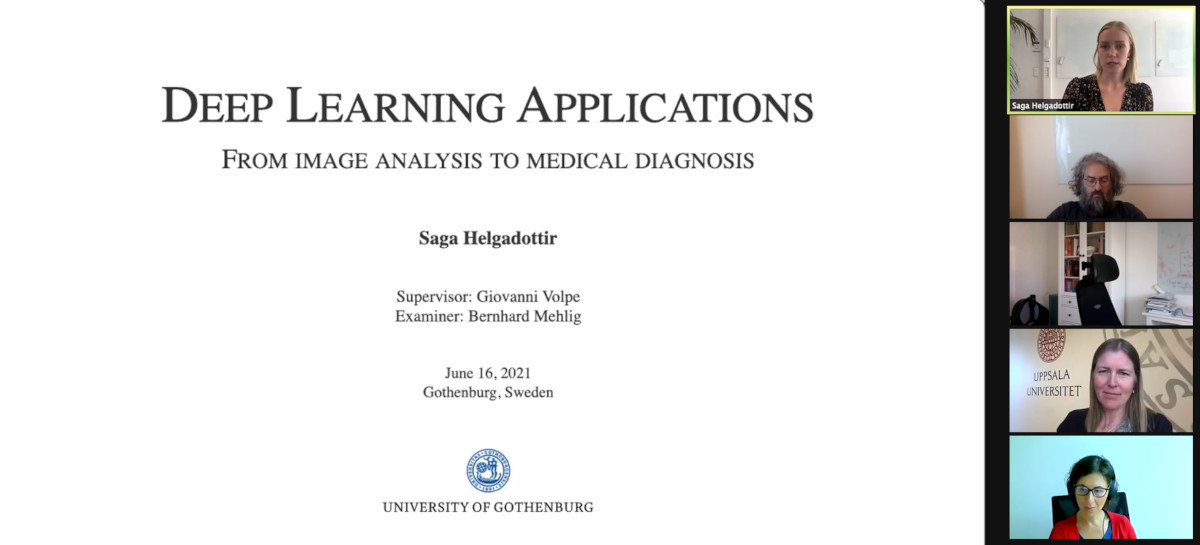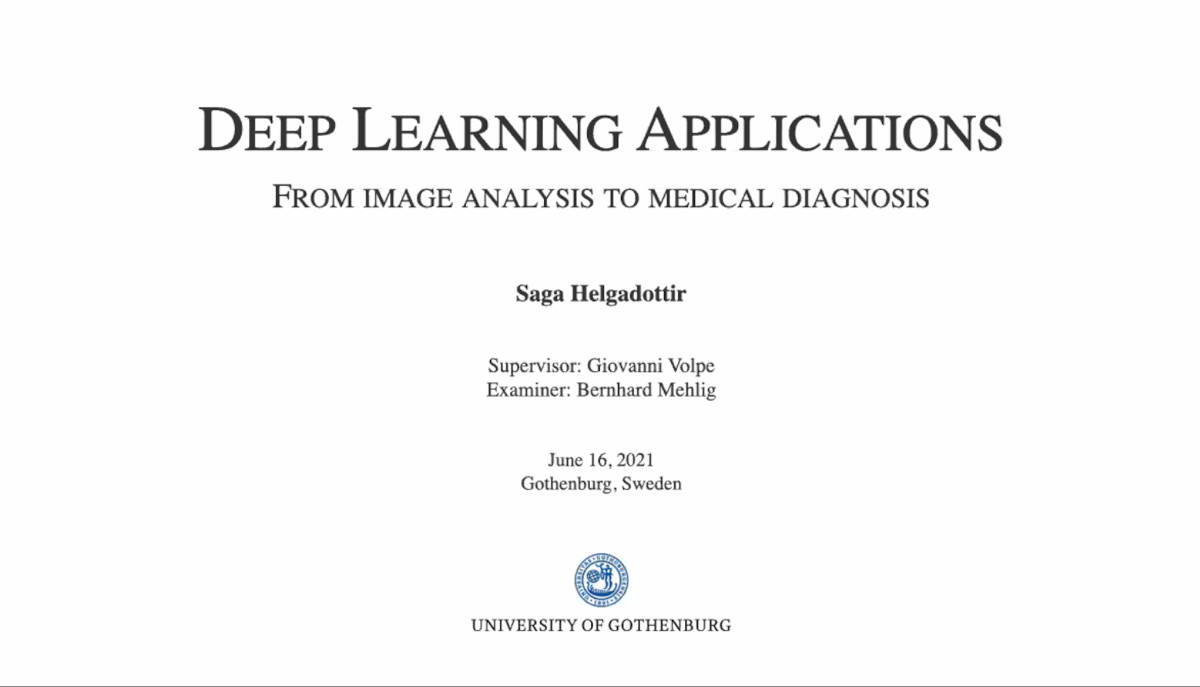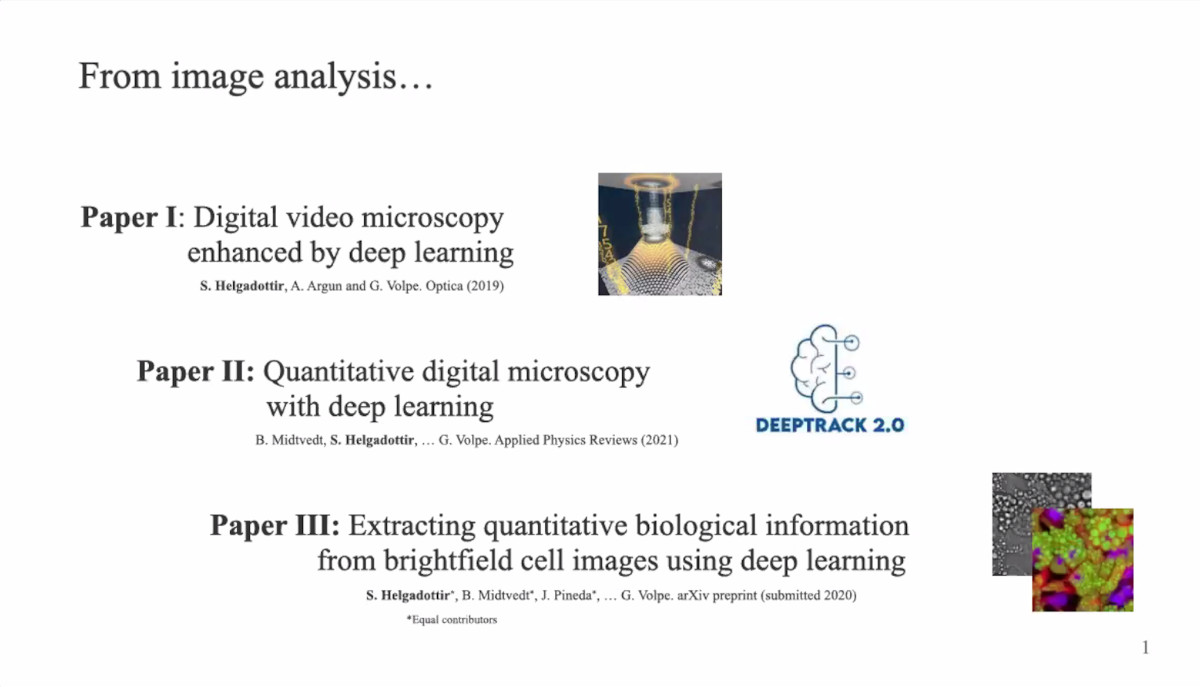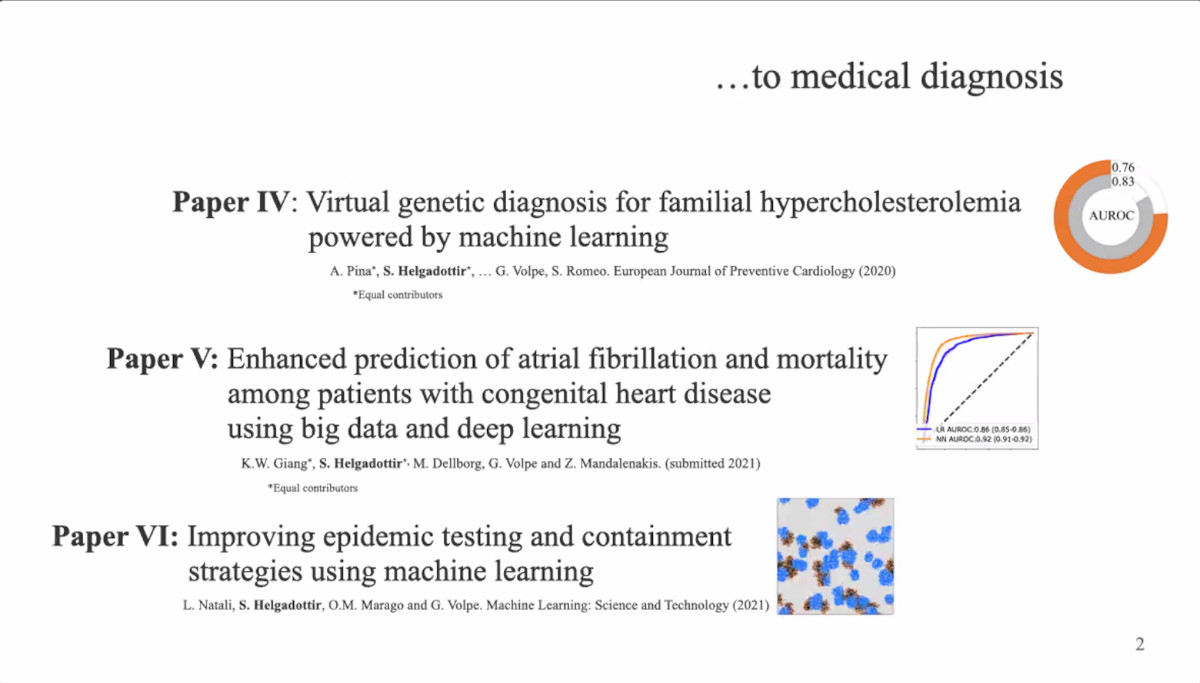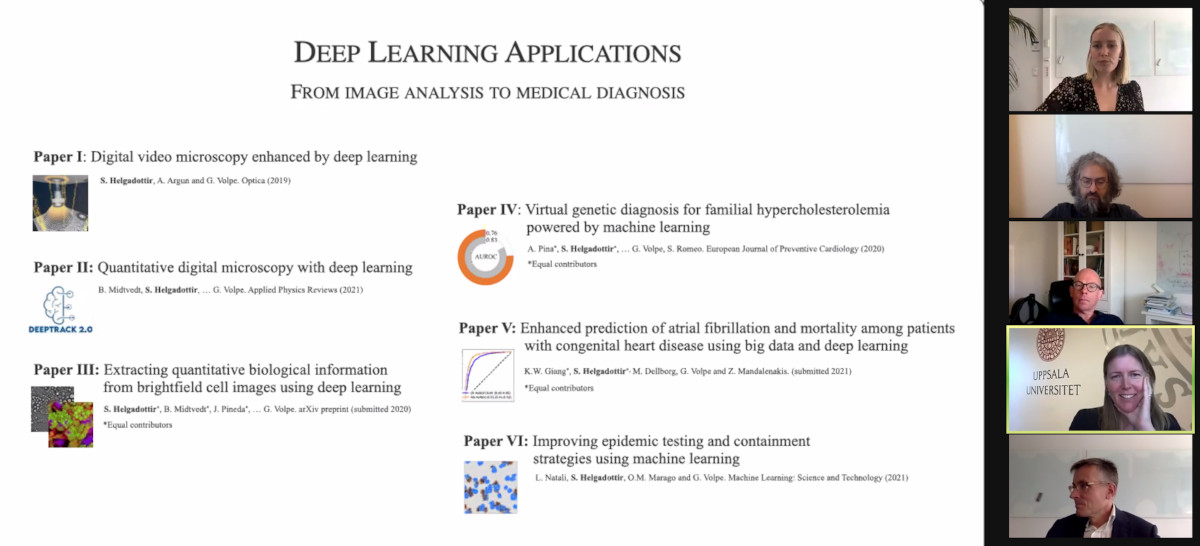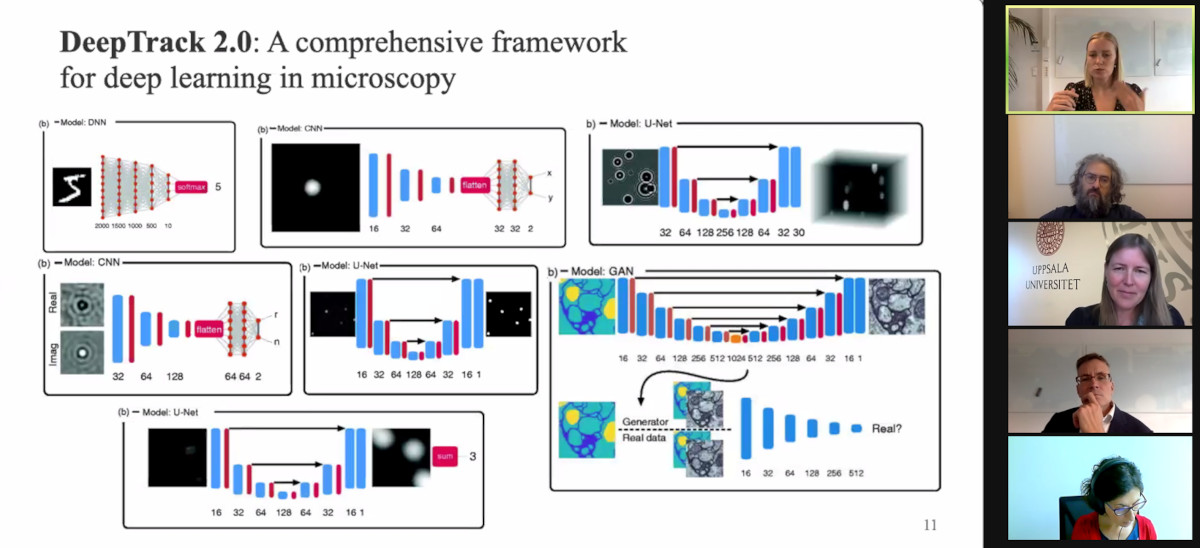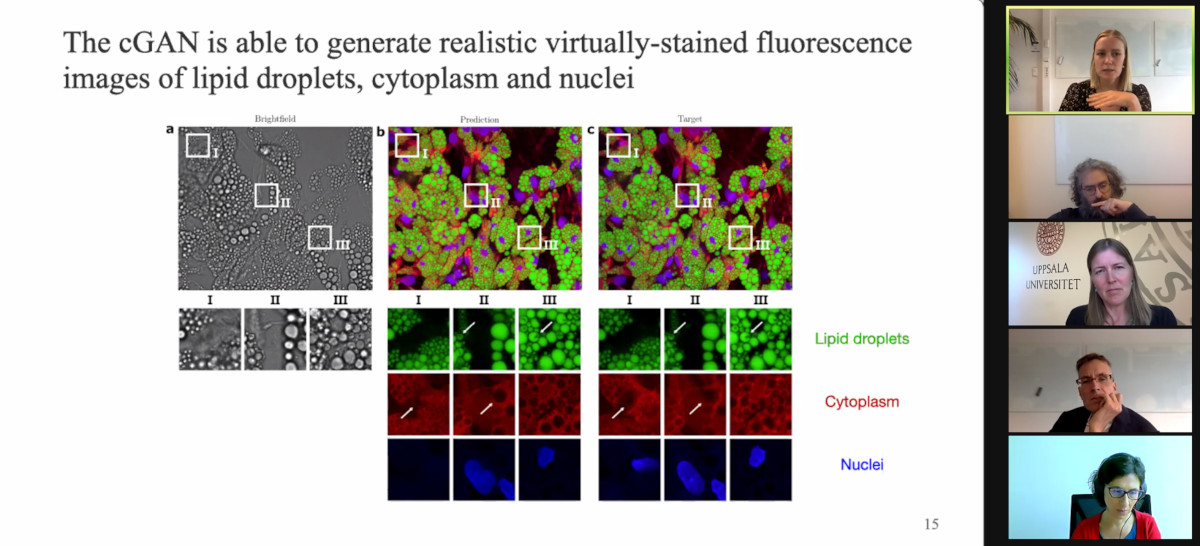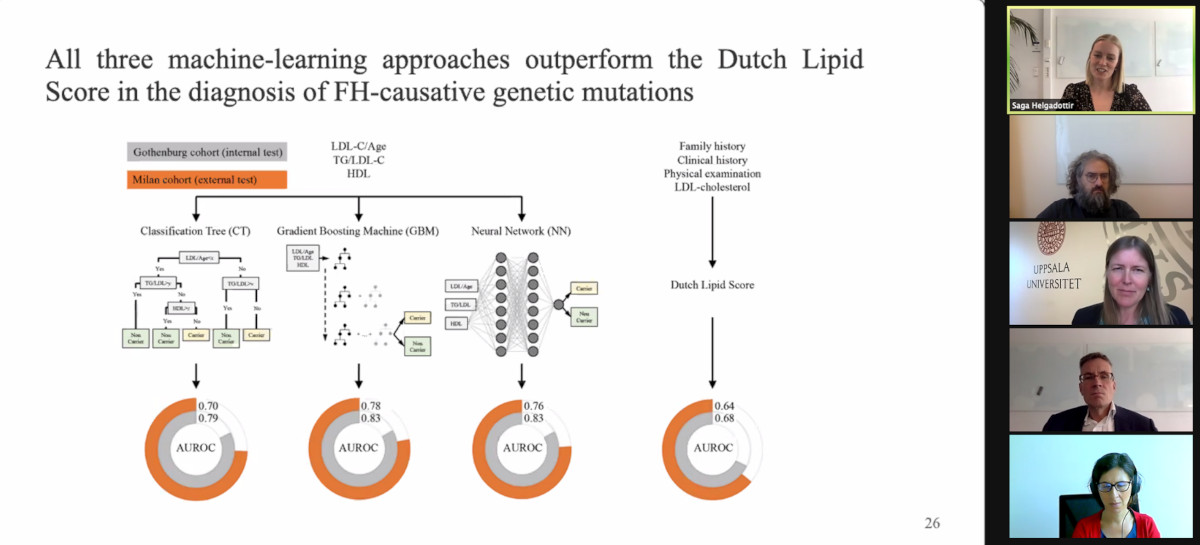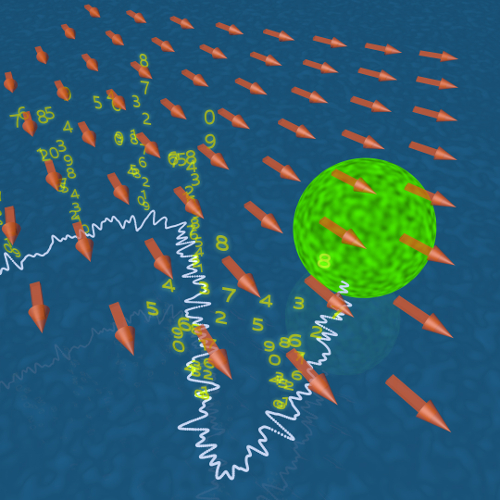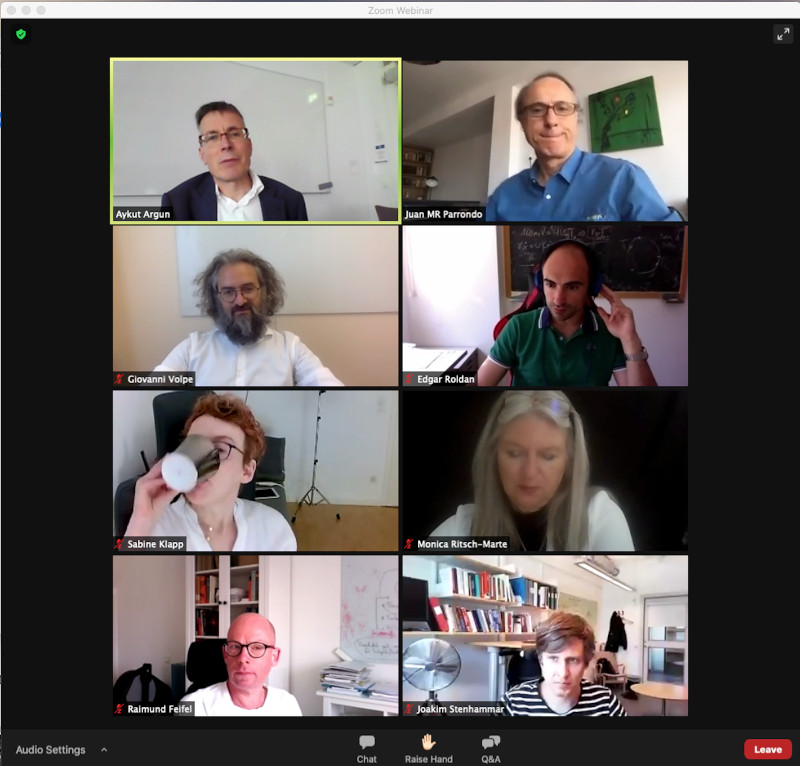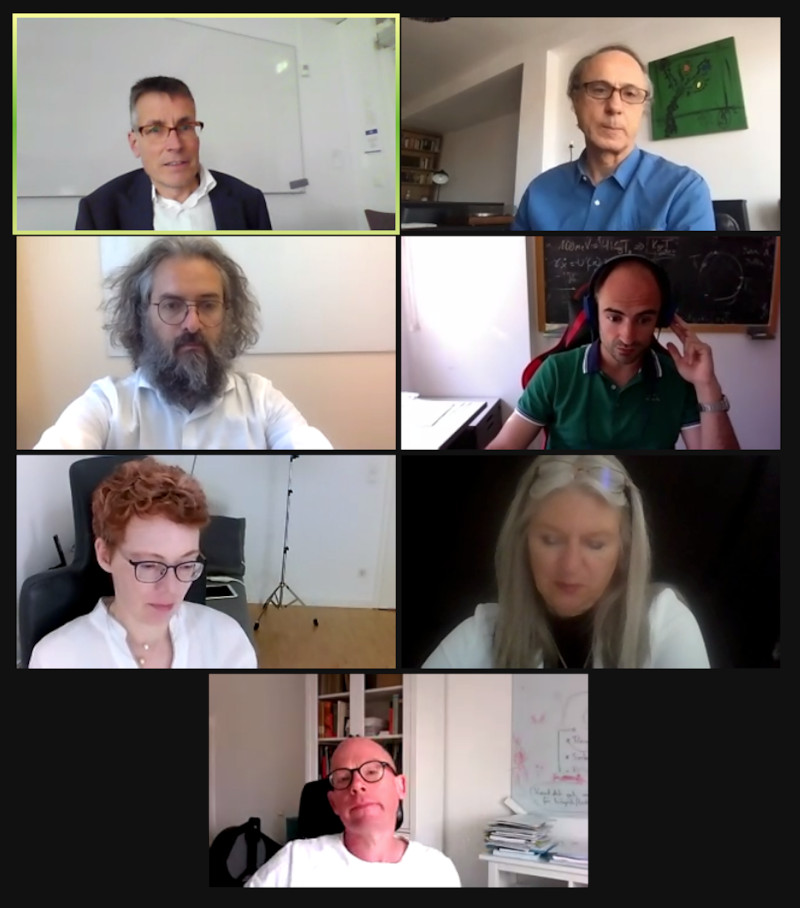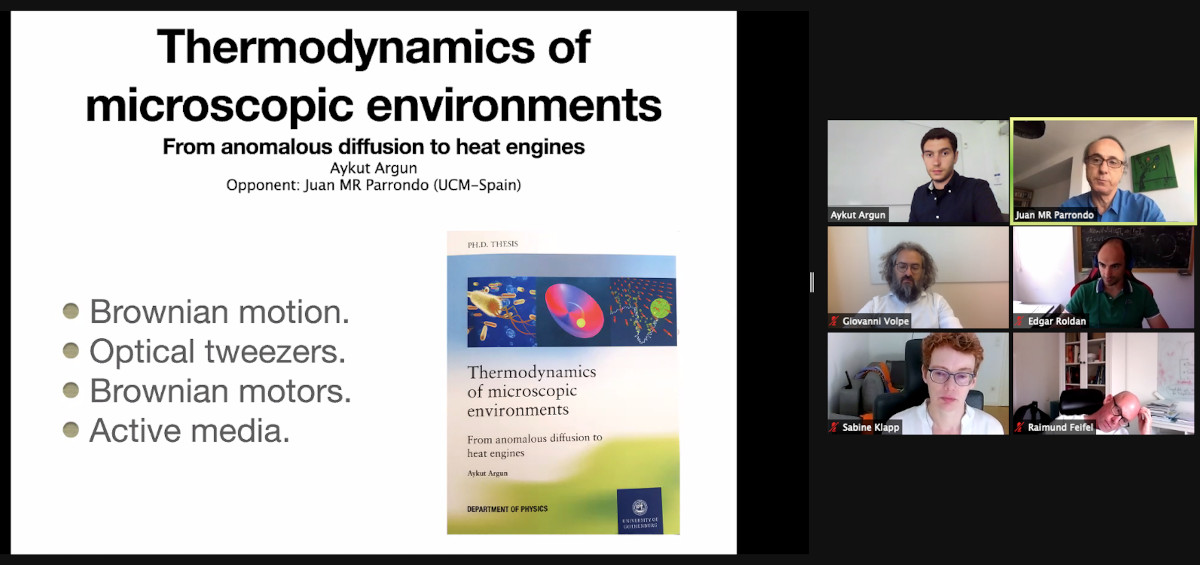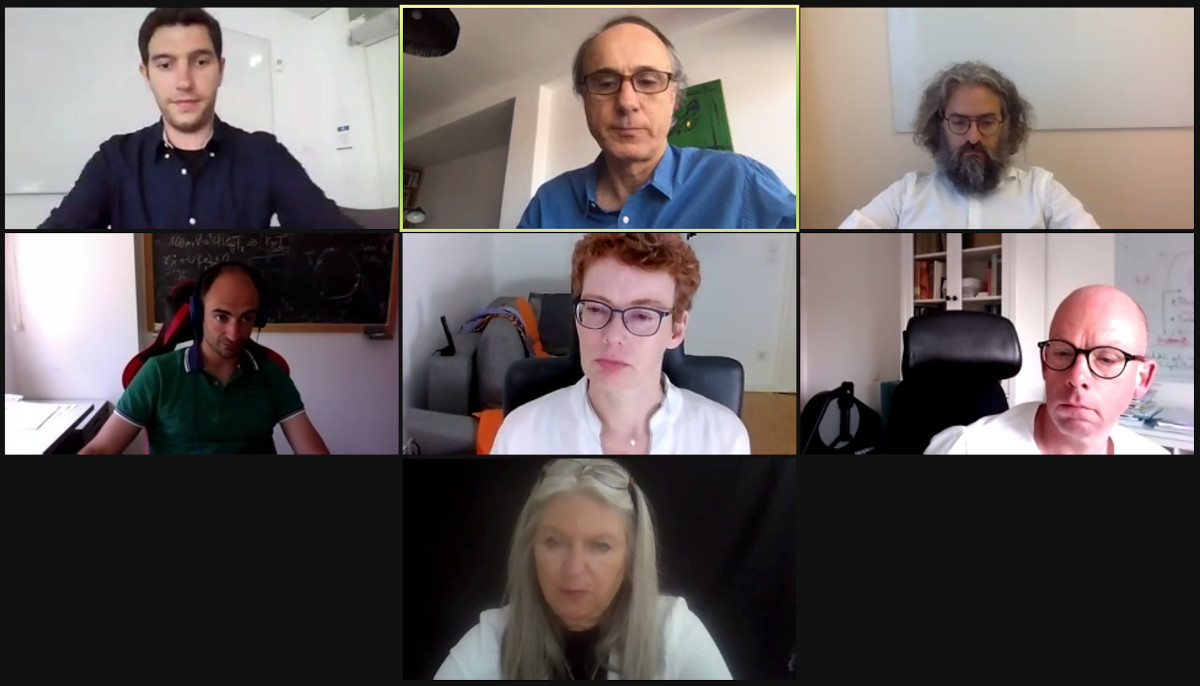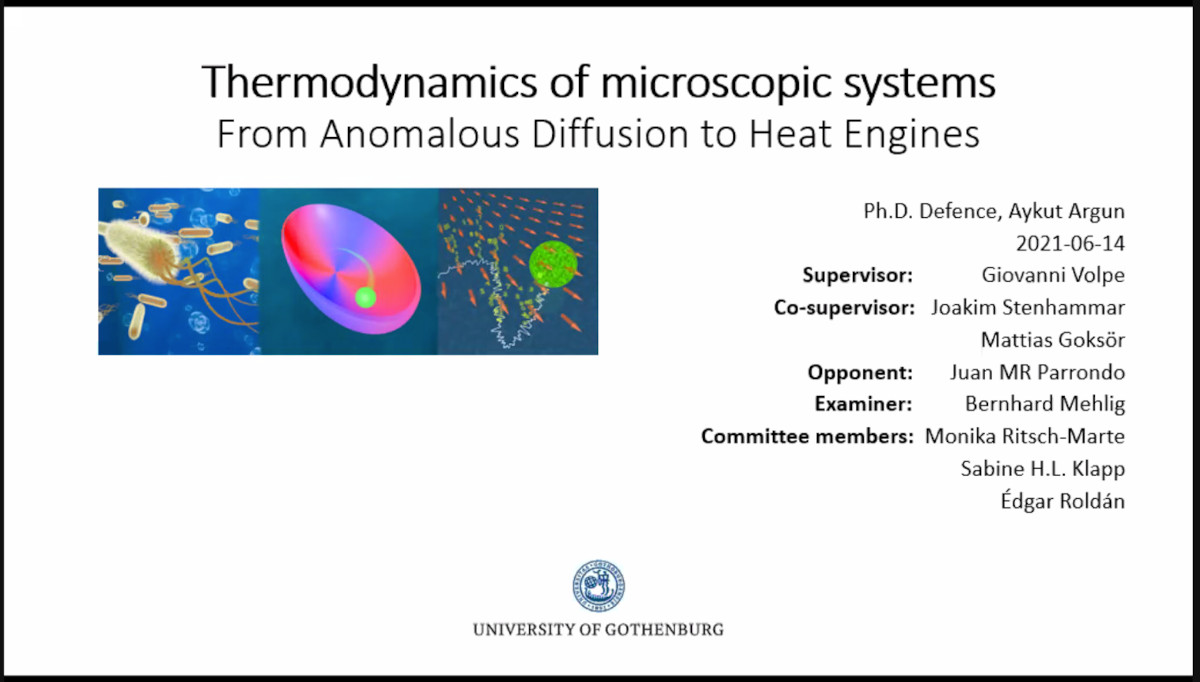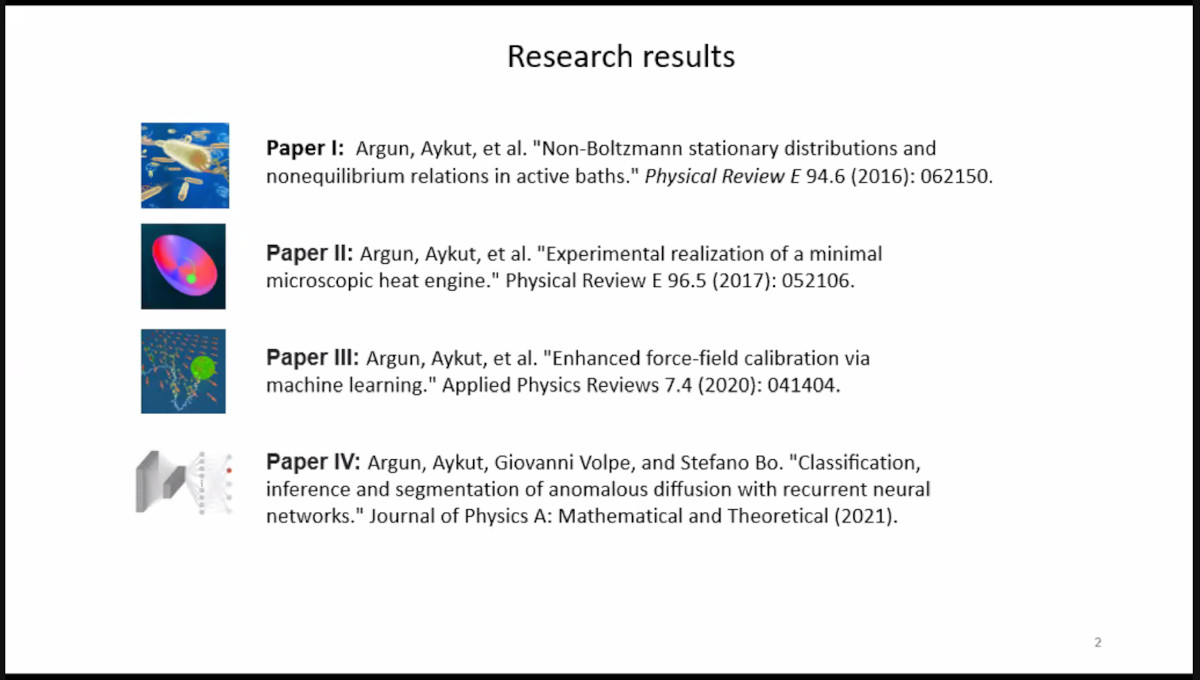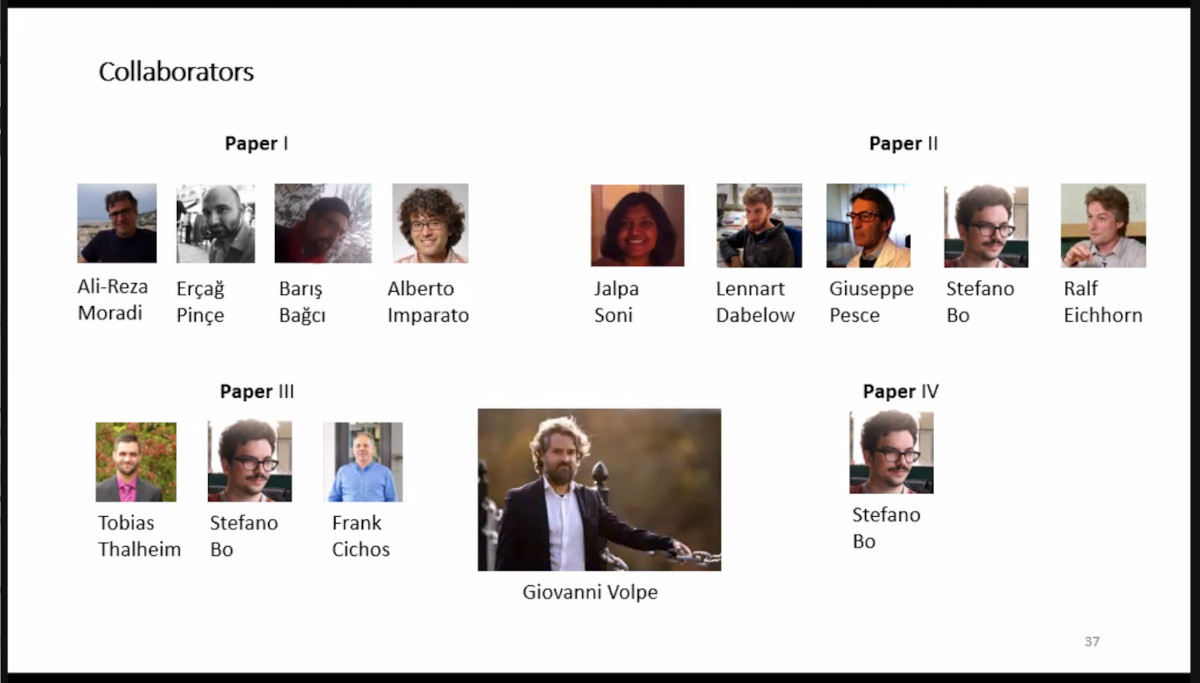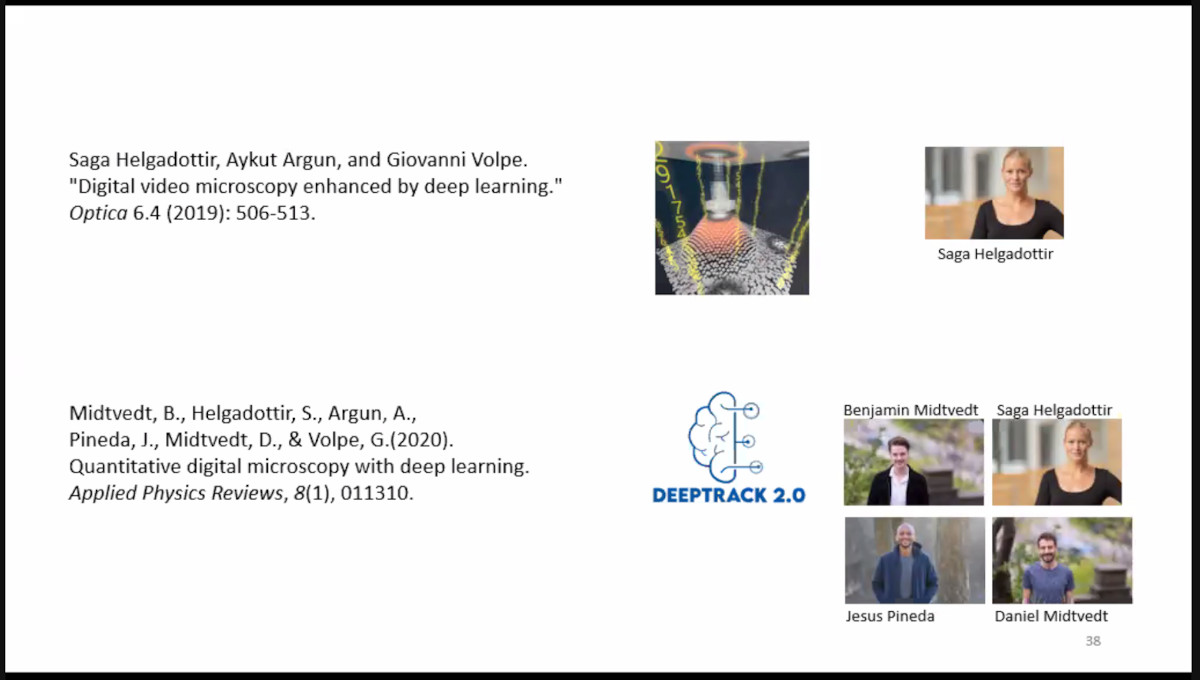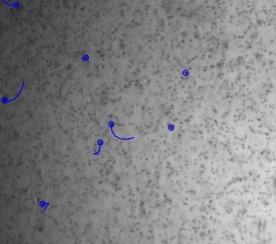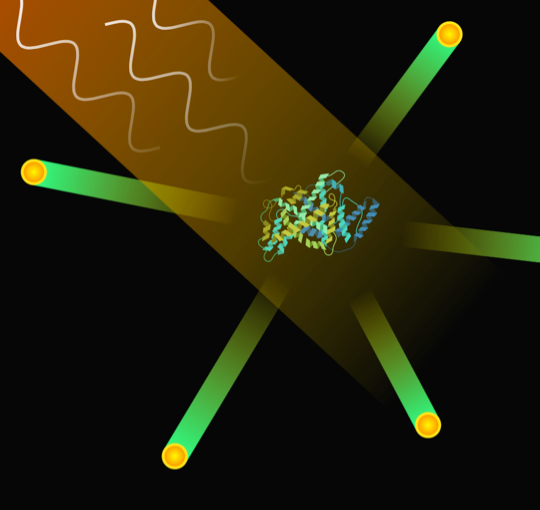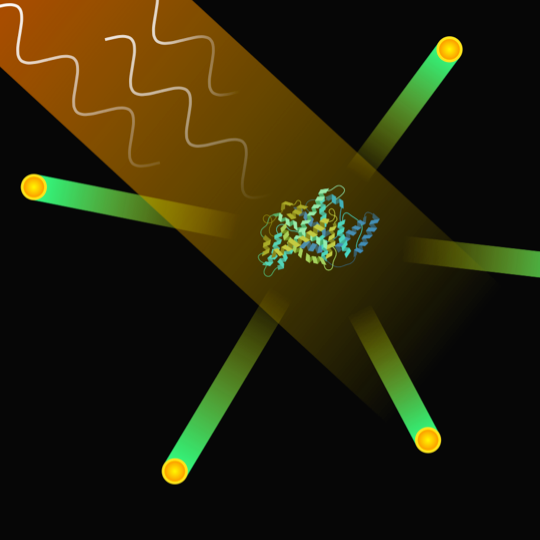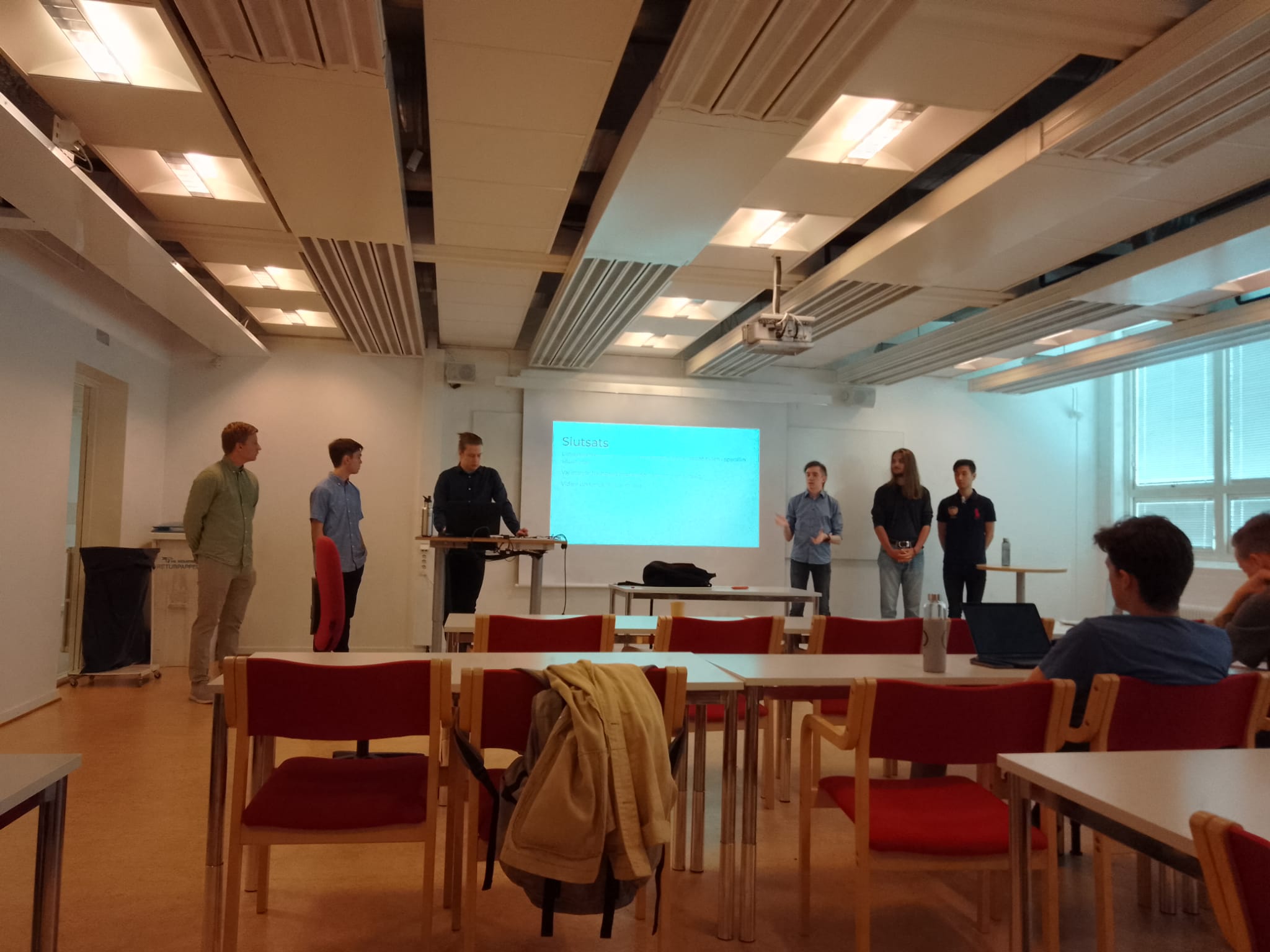
Title: Can slower predators catch faster swarming prey?
A study of systems where faster swarming prey interact with slower predators through simulation
Title: Kan långsammare rovdjur fånga snabbare svärmande byten?
En undersökning av system där snabbare svärmande byten interagerar med långsammare rovdjur genom simulation
Abstract: This project examined how predators can catch prey in a predator-prey system where the predators have a lower speed than their swarming prey. The investigated factors were the varied angular velocity of prey and predator, complex environment, and several cooperating predators. This was done through simulations based on the Vicsek model where a base model was modified for each of the investigated factors. When varied angular velocity was investigated it was found that the angular velo- city of the predator didn’t have a large effect on the numbers of prey captured, but what had an effect was the angular velocity of the prey. That could be explained by the predators traveling towards the prey head-on and the prey not being able to turn away fast enough. For complex environments, it was shown that an increased radius and number of obstacles in the environment led to increased numbers of prey caught. This is contradictory to the phenomenon in nature and could be explained by limitations in the model. Finally, when many cooperating predators were introduced, it was found that groups of three or four predators were required for prey to be caught. When many predators were introduced, more such groups could be created and therefore capture more prey. Although only three uncountable factors that govern predator-prey systems have been investigated, there are some indications that slower predators can catch faster swarming prey.
Sammandrag: I detta projekt undersöktes hur rovdjur kan fånga byten i ett rovdjur-bytessystem där rovdjuren har lägre fart än dess svärmande byten. De faktorer som undersökts är varierande vinkelhastighet hos byten och rovdjur, komplexa miljöer, och flera sam- arbetande rovdjur. Detta gjordes genom simuleringar baserat på Vicsek-modellen där en basmodell modifierades för varje faktor som undersöktes. Då varierande vin- kelhastighet undersöktes noterades det att rovdjurets vinkelhastighet inte har någon större inverkan på antalet fångade byten, utan det var snarare bytesdjurens vinkel- hastighet som hade störst inverkan. Det kunde förklaras av att rovdjuren lyckades fånga byten då de färdades rakt mot varandra och bytesdjuret inte kunde svänga av tillräckligt snabbt. För komplexa miljöer visades att en ökad radie och antal hinder i miljön ökade antalet fångade byten. Detta var motsägande observerade fenomen i naturen och kunde förklaras av begränsningar i modellen. Slutligen observerades, när flera samarbetande rovdjur undersöktes, att det krävdes grupper av tre eller fyra rovdjur för att byten skall fångas. Då många rovdjur introducerades kunde flera sådana grupper skapas och därför fånga fler byten. Trots att endast tre av de oräkneliga faktorer som styr rovdjur-bytessystem i verkligheten har undersökts kan vissa indikationer finnas på att långsammare rovdjur kan fånga snabbare svärmande byten.
Nyckelord: Vicsek-modellen, rovdjur-bytessystem, simulering, långsamma rovdjur, svärmande byten
Supervisors: Agnese Callegari and Giovanni Volpe, Department of Physics, University of Gothenburg
Examiner: Lena Falk, Department of Physics, Chalmers University of Technology
Place: FL41
Date: 25 May, 2022
Time: 9:00
